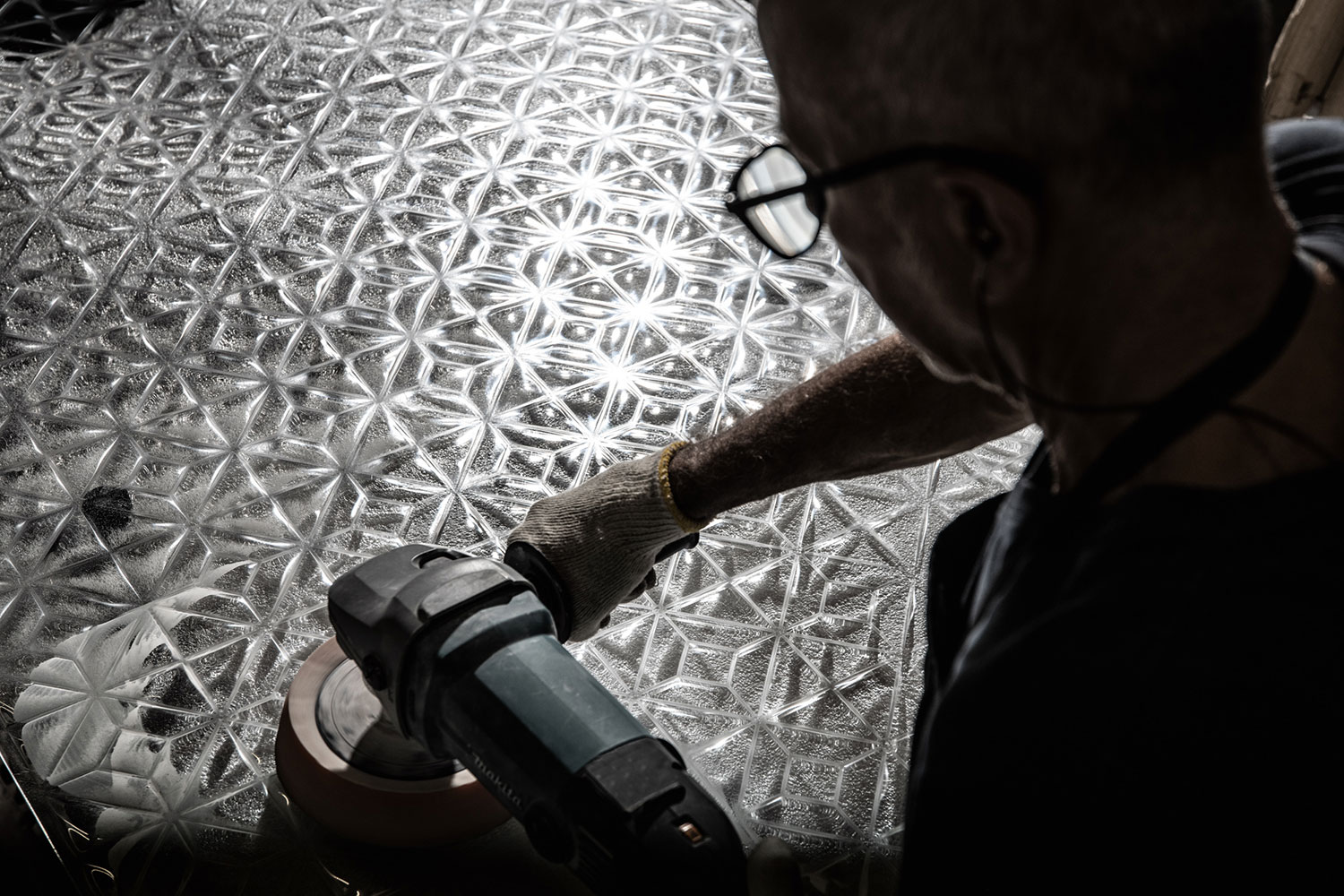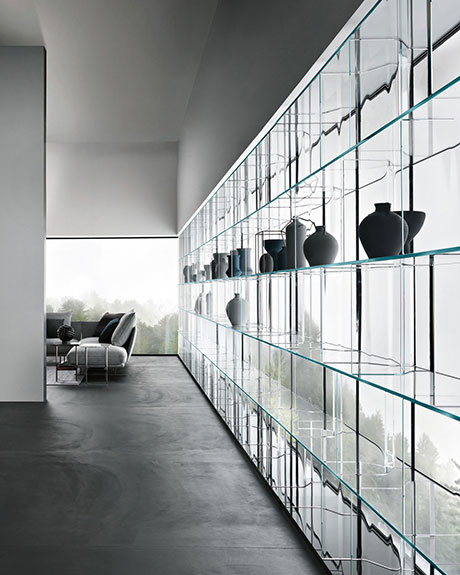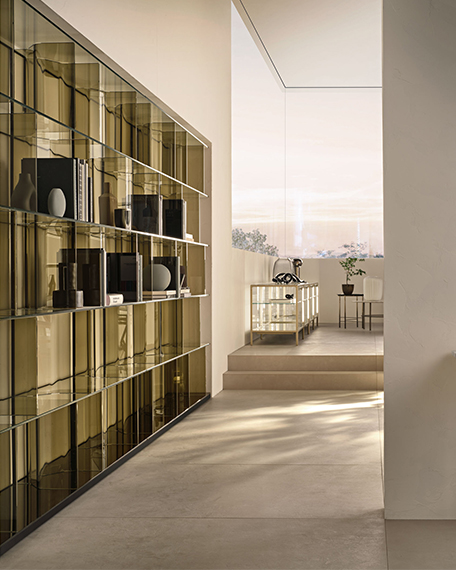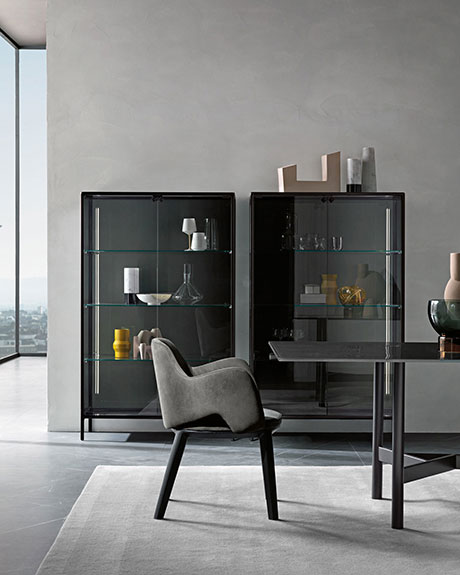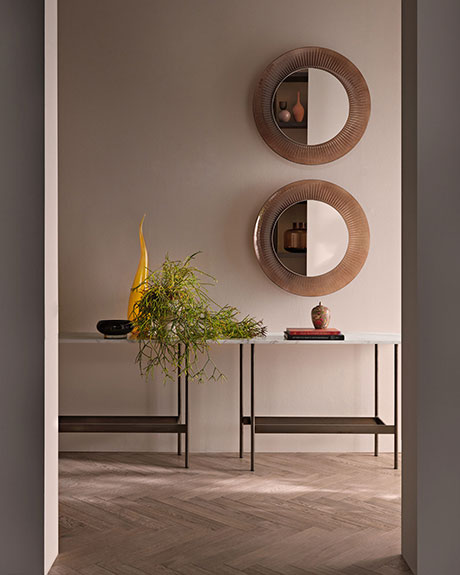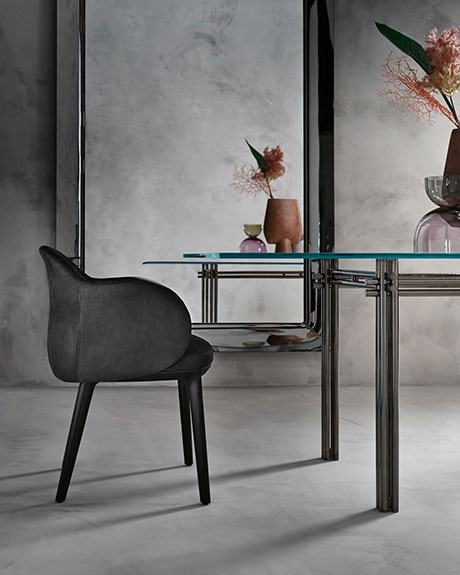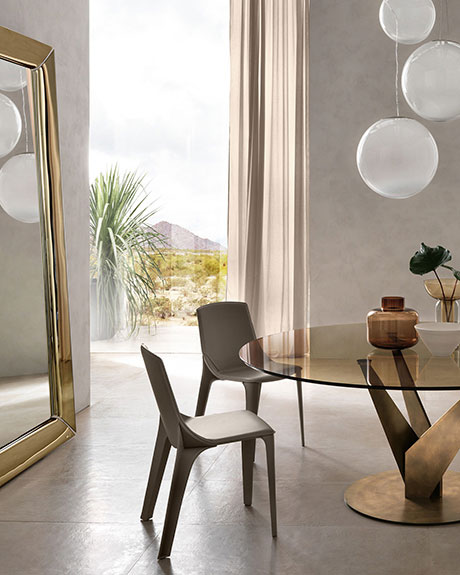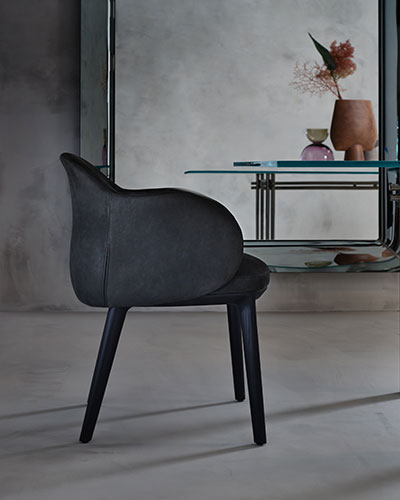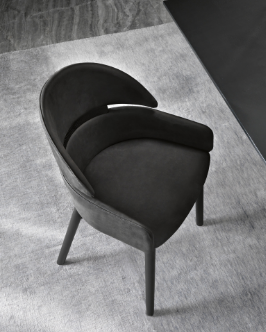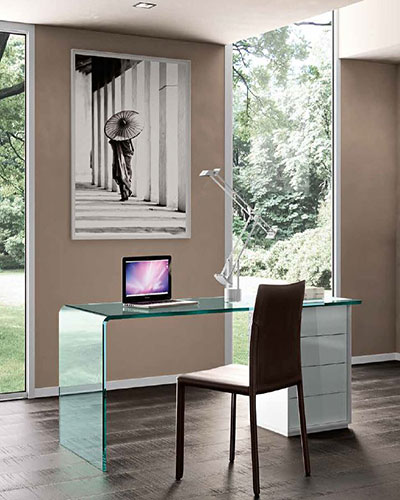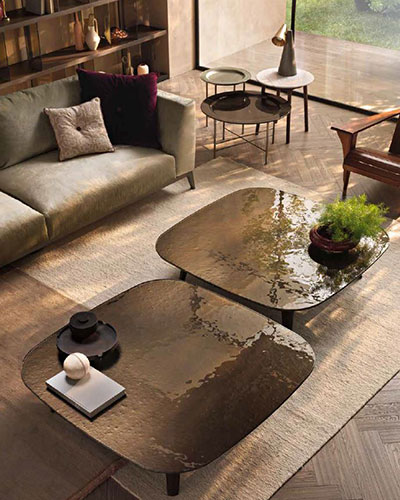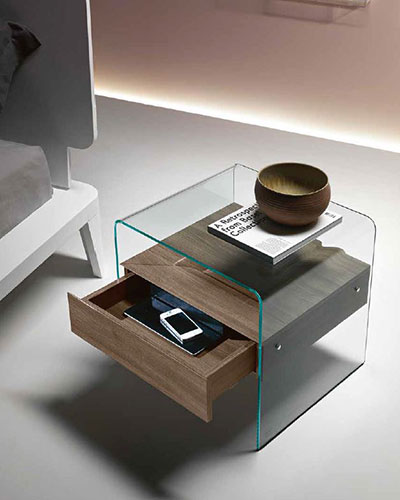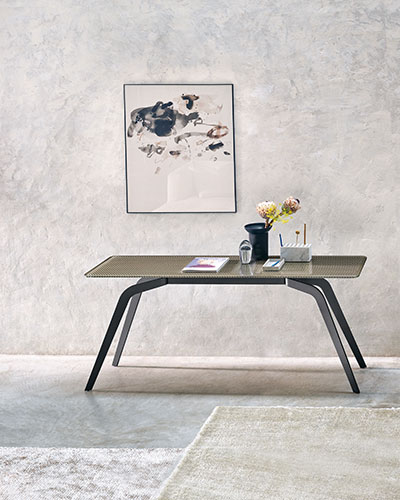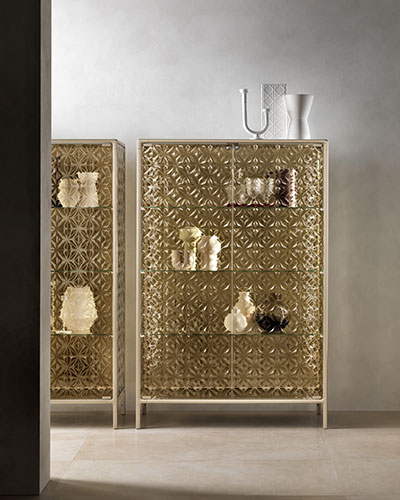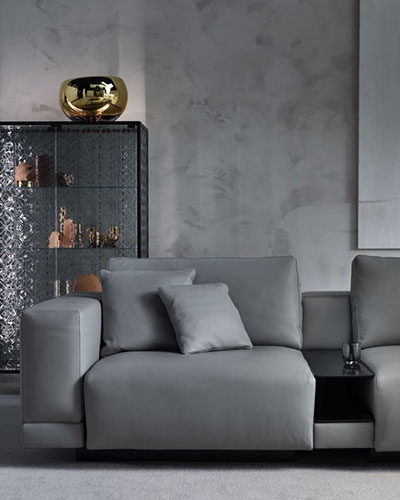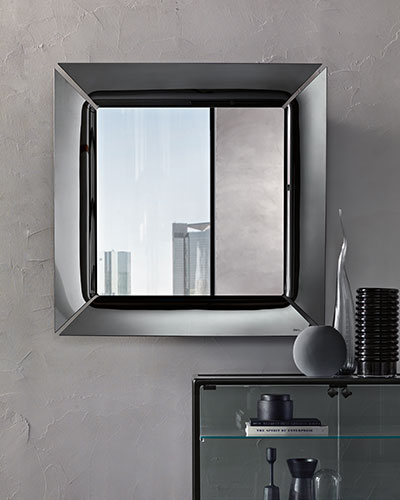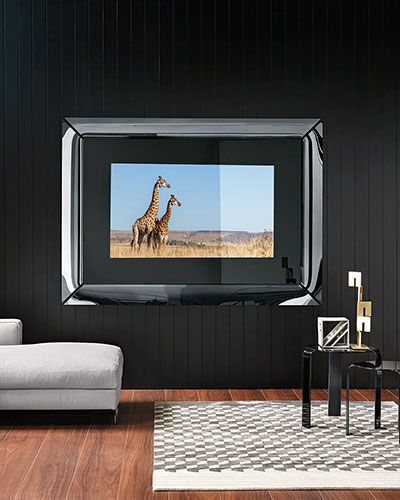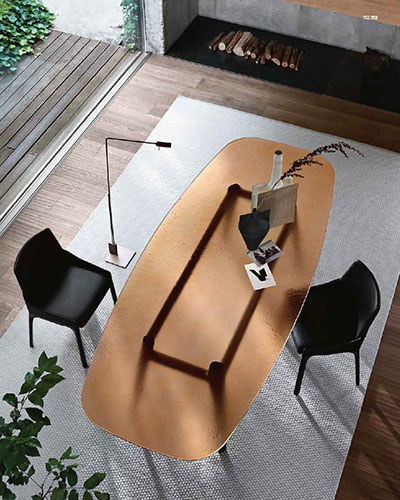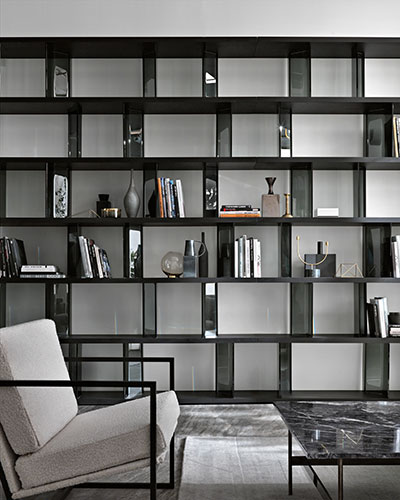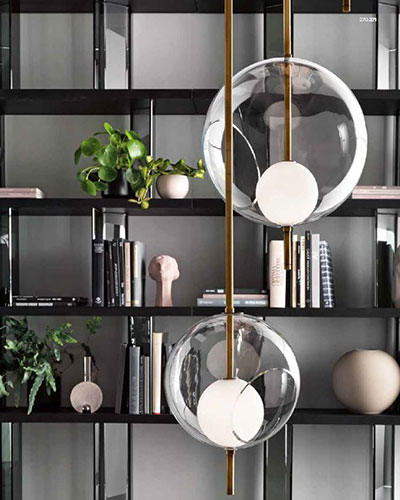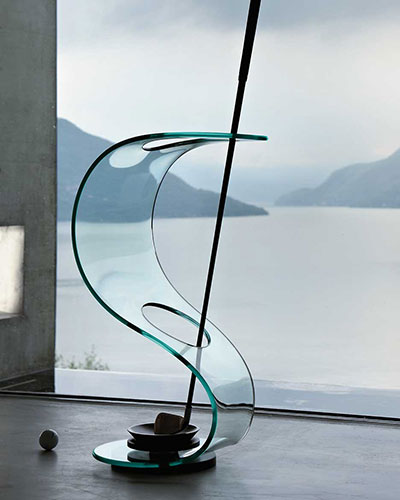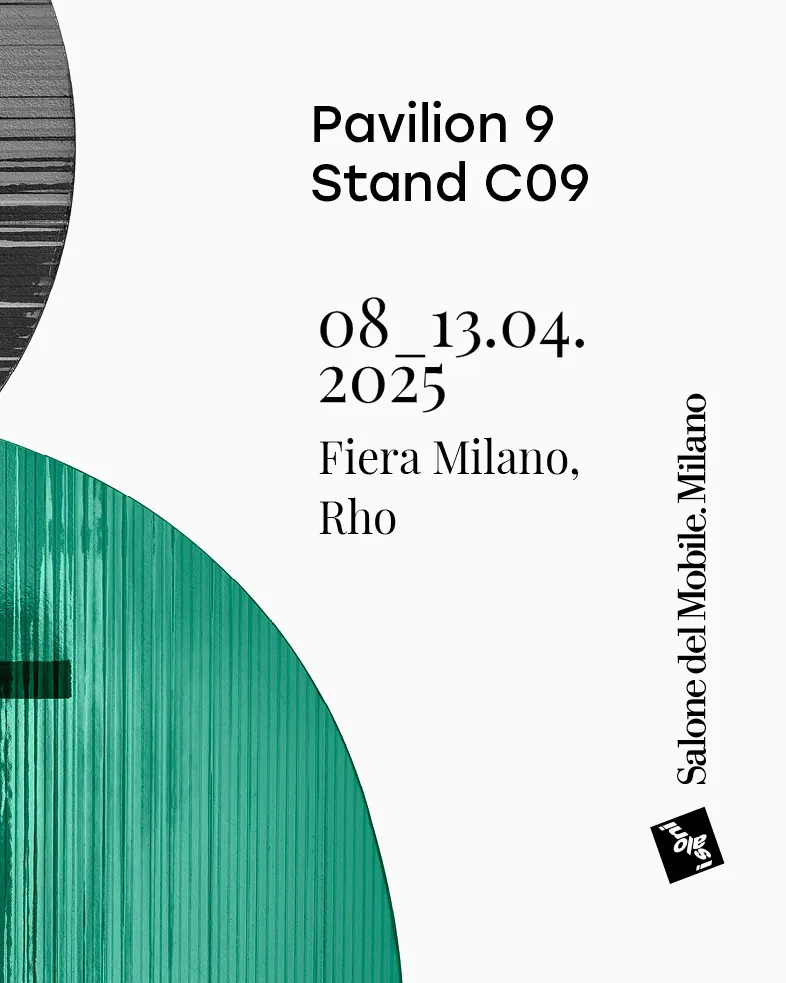The Lateral Thinking of Glass
- 05/12/2022
Astonishment is suggestive. It makes us present in a new experience, one we had not been planning for, an undiscovered dimension. And to define it, we compare it with our memories, our experiences, our senses. Astonishment is groundbreaking. It overturns predictions, disproves conventions, overturns perspectives.
Our Glass is astonishment.
Its essence is emotion, its protagonism is absence, its mass works by subtraction, its space is made of light. Its nature is liquid for us, its solid condition is the exception. Glass is a light-filled volume, a space that has captured a portion of the energy of the universe and does not let it escape, but you see it squirm in reflections, flashes, waves, refractions. What you see through is not what is actually on the other side. What you see reflected is reality, but also a dream. What it covers is a stimulus for the imagination.
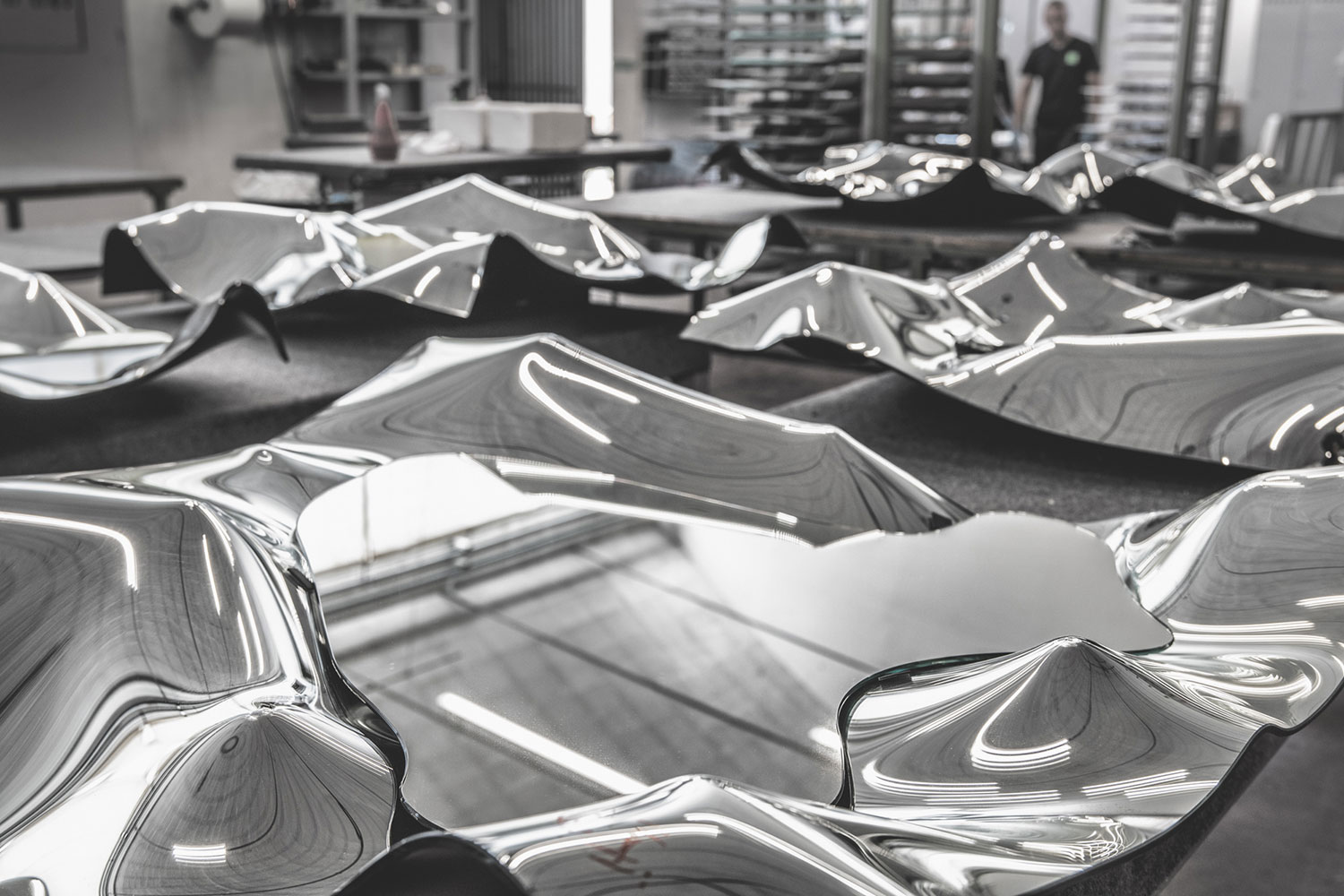
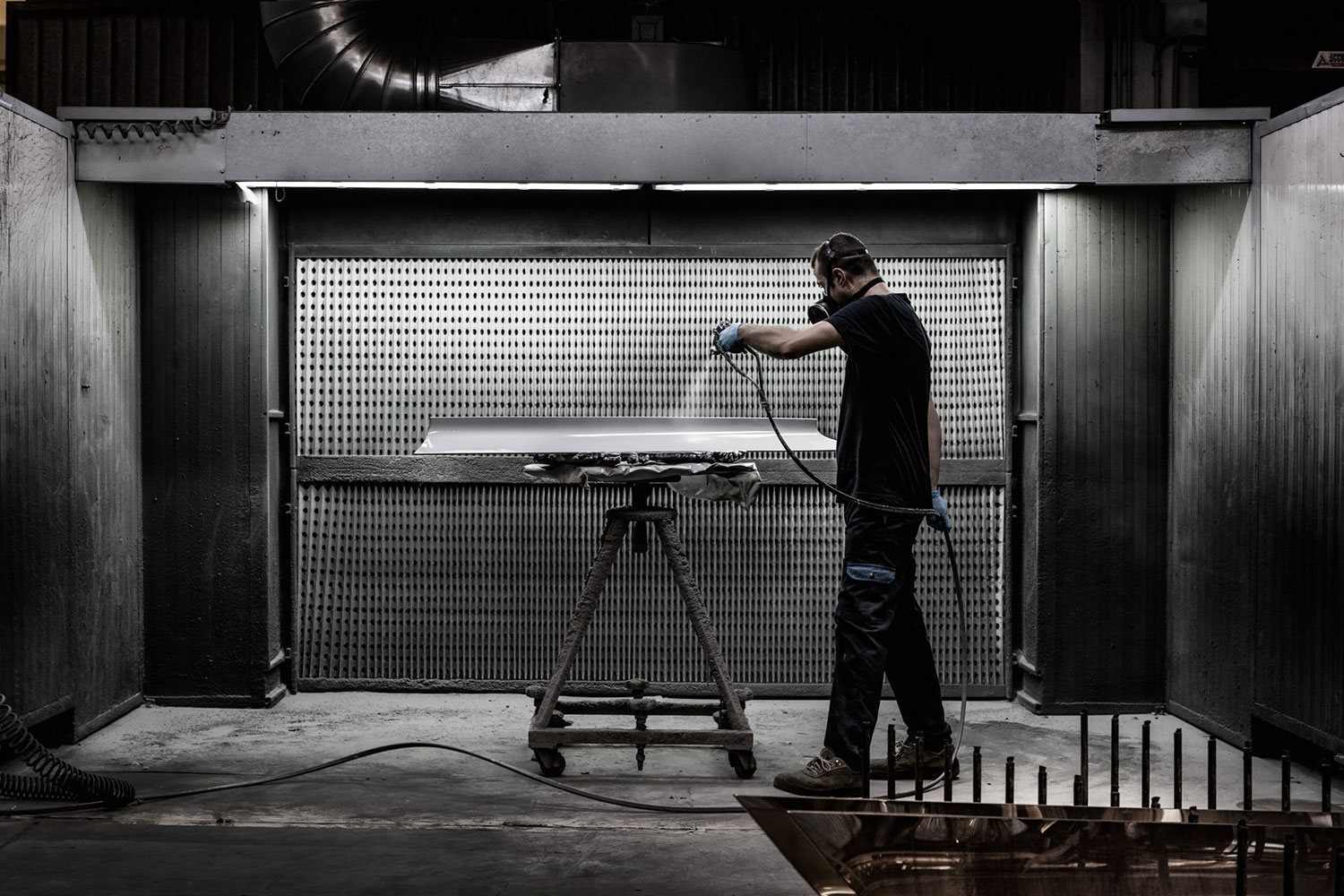
To unleash emotion, however, glass needs human involvement; it needs the wisdom that shapes its intimate material to bring it back to its true nature. It needs fire to recapture its liquid essence and thermal recipes that fix its texture. Glass a “lateral thinking”, to imprint itself on its surface and to be put it in dialogue within the surrounding environment and other materials. Glass needs a caring hand that polishes it and brings it to shine, that coats it with silver to make it reflect, that sculpts it and gives it a shape, that curves it to multiply its infinite possibilities.
Here is where that astonishment originates, in this meeting of thought, hands and material that merge and transform each other creating something new, incredible and now breaking the mold. The astonishment of glass lives in its reflections.
It is in the reflective surface of our mirrors that the reality of the physical world and the charm of the dreamlike world coexist; it is in the fusion of Echo, which multiplies light like a voice endlessly echoing in space; it is in the legs of Atlas, surprisingly sculpted and never the same; it is in the silvered curves of Caadre, which elegantly contour the realistic with the poetic; it is in the sinuous curves of the Ghost armchair, which revolutionize the common perception and make tangible the experience of sitting on glass.
